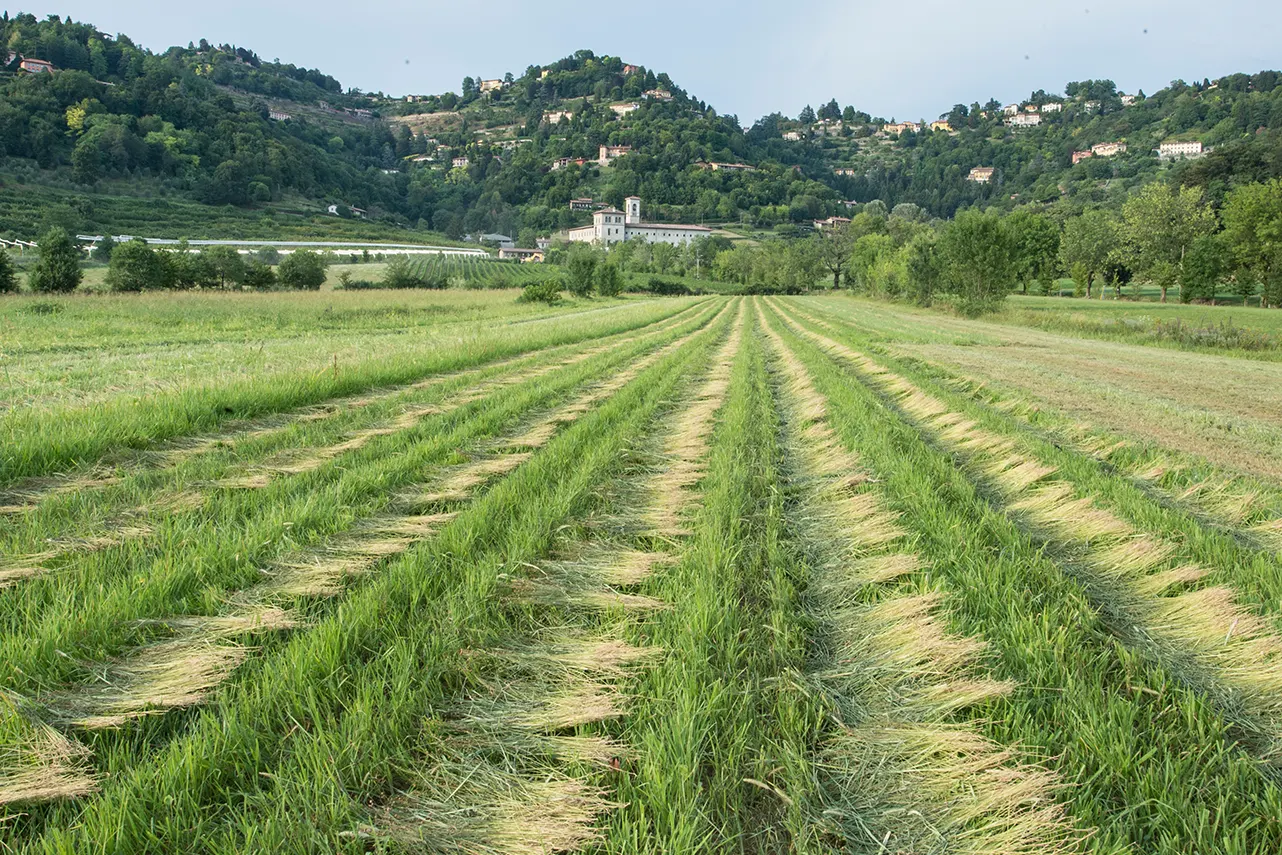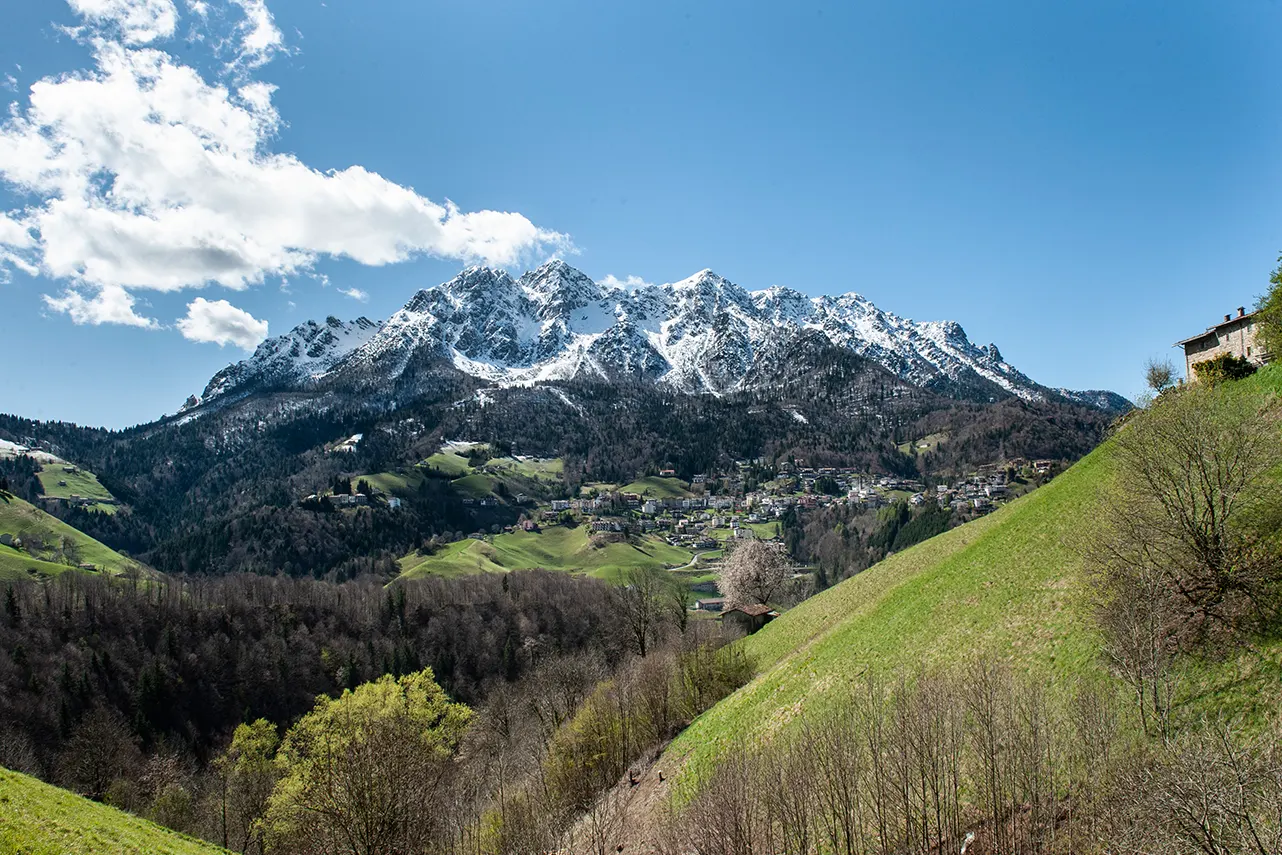



It is a story of grass, milk and cheese that of Bergamo, the city of ‘a Thousand’ faces, which, perched on its hills, proudly shows itself from the slopes of the Lower City to the lofty summit of the Upper City, enclosed in the UNESCO-recognized Walis.
The thousand-year course of the cheese-making tradition has made the city a vital centre between its valleys and the plain, tracing a history of excellence.
A gastronomic heritage with deep roots in creation: it is the culture of ‘savoir faire’, of that ‘das de fa‘ that has made the entire Bergamo area unique and that allows this great story to continue today.


Creative City of Gastronomy
UNESCO RECOGNITION
The territorial contiguity of Bergamo with its valleys and with others in the provinces of Sondrio and Lecco, together with the skilful handing down of traditions over the centuries, have identified the entire area in the Cheese Valleys, a territorial network project, of which Bergamo is the leader. The ingredients of landscape, gastronomy and identity have shaped the perfect recipe, the recognition of Bergamo in 2019 as Unesco Creative City for Gastronomy.
This recognition adds to the one obtained in 2017, when the Venetian Walls of Bergamo were inscribed in the List of UNESCO World Heritage Sites, as part of the transnational site Venetian Works of Defence between the 16th and 17th Centuries: Stato da Terra – Western Stato da Mar
The Creative Cities Network
CREATIVITY IN THE NETWORK
The Creative Cities Network was created by UNESCO in 2004 to promote cooperation between cities that identify creativity as a strategic element of their local economy. The Network is divided into seven areas corresponding to as many cultural sectors (Music, Literature, Crafts and Folk Art, Design, Media Arts, Gastronomy, Film).
The cities of the Network are committed to sharing good practices and collaborating, involving creative communities: local actors who are committed to the development of cities. Being part of the Network means making one’s tradition, skills and creativity available to the world.
The Network supports artistic exchanges and research partnerships with both network cities and public and private sectors. Creative Cities contribute to the achievement of the Sustainable Development Goals of the United Nations 2030 Agenda.
Joining the UNESCO Creative Cities Network confirms Bergamo’s role as an urban centre in favour of sustainable local development.
To become part of the Network, cities respond to the UNESCO tender, sending the official Application Form accompanied by a letter of support from the National Commission for UNESCO. The designation of the Creative Cities is the responsibility of the Director General of UNESCO, at the end of an evaluation process which sees the involvement of independent experts and of the member cities of the Network.









